DEI at Help Scout: 2018 Update
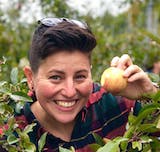
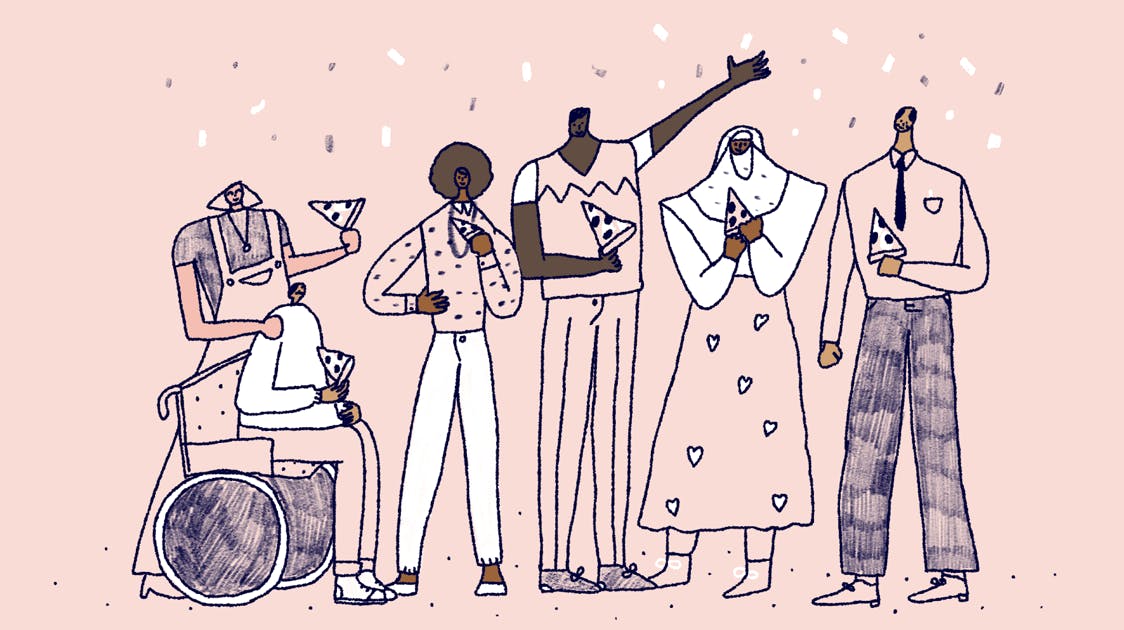
Checking boxes can never fully capture the complexity of our identities. To build an inclusive company culture, however, we need to understand how people from all backgrounds feel about their workplace, so we have to ask the questions.
It’s been just over a year since Help Scout last conducted our first demographic survey and shared the findings publicly.
Last year’s survey was enlightening: Our company, then about 60 remote people, had moved closer to gender parity — 59% men, 41% women and non-binary people. We’d increased the representation of women and non-binary people on our Engineering and Design teams, but it still sat at 13%, and overall as a company, Help Scout was 81% white.
While we still had room for improvement in many areas, we were proud to share our results along with our strategies and learnings as a way to hold ourselves accountable, to add meaningful dialogue to what’s happening around diversity and inclusion work, and to demonstrate our company’s dedication to doing better.
Now in August 2018, we have new data and insights to share and continue the conversation.
Don’t forget the ‘I’ in D & I
Meaningful diversity work is more than just representation and numbers.While increasing representation of underrepresented groups is a major focus for our company, it’s meaningless if we don’t all feel like we are supported and included. To that end, we added three questions to this year’s survey since it’s essential to know how people from all backgrounds are feeling about their place at Help Scout:
I feel like I belong at Help Scout.
I can be my authentic self at Help Scout.
When I speak up, my opinion is valued at Help Scout.
We wanted to collect this data to identify whether particular groups felt that their voices were being heard and whether they believe they belong at Help Scout.
We also added a few new demographic questions to learn even more about our company. After asking about living with a disability in our 2017 survey, we received feedback that the question could be even more clear — so this year, we asked a standalone question about whether respondents identify as neuroatypical, and another separate question about living with a physical disability.
To get a better sense of family status, we asked our team if they identify as a parent/legal guardian.
Last year’s survey asked respondents whether they identify as “male, female, or trans/genderqueer.” After getting great feedback from the comments on the blog post pointing out that trans people can identify as male or female, we made necessary and more inclusive improvements to that wording. This year we asked if our team members identify as a “man, woman, or non-binary,” along with a separate question about identifying as a transgender person.
The results are in
We had 72 teammates respond to the 2018 survey, our largest data sample yet.
New insights
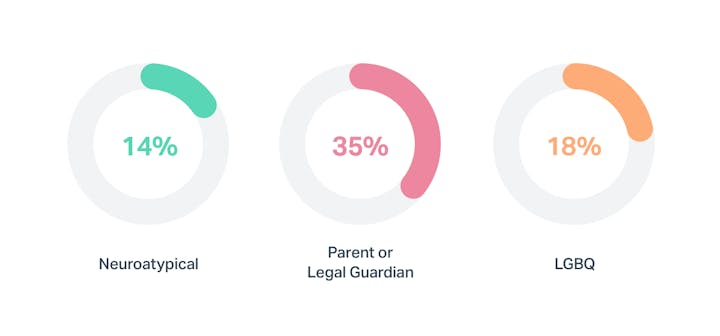
Thanks to the aforementioned new questions we added to the survey, we learned that 14% of Help Scout identifies as neuroatypical. By asking the question and sharing the data, we hope to help reduce the stigma around mental health and plan to conduct trainings around supporting our neurodiverse team.
We also learned that 35% of our team identifies as a parent/legal guardian, a data point that reinforces the importance of meaningful work-life balance, and why we love the flexibility of working remotely.
We were also stoked to learn Help Scout is 18% LGBQ. Awesome.
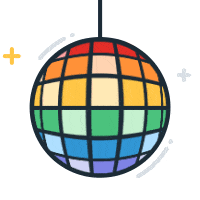
Wins
We moved a bit closer to gender parity, at 57% men and 43% women and non-binary people.
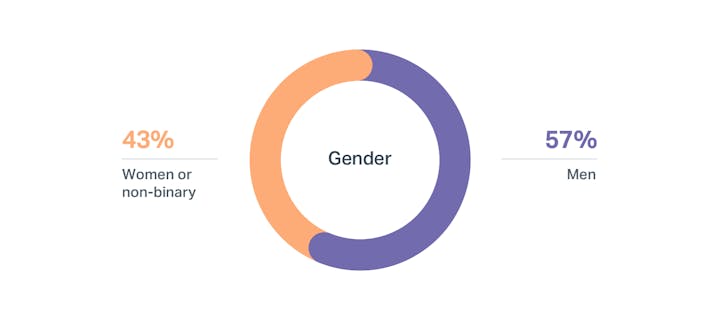
At the time of last year’s survey, zero teammates identified as Black/African-American. This year, we’re at 3%.
We maintained 50/50 gender balance at the manager/team lead level.

And on our Engineering-Design-Product teams, we moved to 26% women and non-binary people, a 62% increase from the past year!

And it’s important to note that while someone might belong to one majority group, they may also fall in another minority group. Again, identities are complex and a survey can’t navigate intersectionality in all its variations — it can only serve as a data point in a multifaceted and ongoing conversation.
How did we get there?
Publishing last year’s blog post helped us attract candidates from underrepresented groups by speaking candidly and honestly about our diversity and inclusion. Our own Chanita Simms recently wrote about how that post impacted her journey to Help Scout.
While many companies still hesitate to share demographic data for fear of being open about their shortcomings, we can’t stress enough how important it is to own it and talk about it. Being transparent and authentic helps build an employer brand that attracts the kind of team you want to build.
After two years of surveys, we now have concrete data to show that the changes we made to the recruiting process were absolutely leading to an increase in women on our Design-Engineering-Product teams. When we launched the search for a new Head of Design, we experimented with adding honest language to the job description:
P.S. - Yes, it’s all dudes. Although we work really hard to build a diverse pool of candidates, we’ve fallen short of our diversity and inclusion goals on the Design team. We’re excited to partner with you to do much better moving forward.
That search, along with a heavy dose of sourcing and recruiting excellent women candidates, resulted in hiring the best person for the role, Linda Eliasen. The data show that when women are better represented in leadership roles, more women are hired across the board. The results on our Design team reinforce those findings — our once 100% male Design team is now 42% women.
‘I belong at Help Scout’
One of the most exciting findings from the 2018 demographic survey came from analyzing the data from the three new questions around inclusion. For each question, over 80% of the company agreed or strongly agreed that they felt like they belonged at Help Scout, they could be their authentic selves, and their opinions mattered.
When the data was spliced to see how underrepresented groups (who historically haven’t felt as included and welcomed in tech) responded to these questions, their responses were actually higher!
What we’re still working on
Over the past two years, Help Scout has remained static in terms of overall race, at 82% white. Considering that we’re a remote-first company unlimited by geography when we hire, we could really be moving the needle here. We have no sugar-coated rationales or excuses. We’ve simply not done enough, and we need to have some difficult conversations about next steps and strategies and will have more to share next time.
We also surveyed the team and asked what they’d like to learn more about, and many responded that they want to develop more strategies to combat unconscious bias, so we’ll be planning another training very soon. We also want to organize a training to learn more about the barriers and biases for people with different physical and mental abilities in tech.
We’ve added more private Slack channels around identity groups:
#whoruntheworld — For those who self-identify as women, genderqueer, or non-binary
#Rainbowscouts — For those who self-identify as part of the LGBQT community
#POCscouts — For those who self-identify as a person of color
These function as remote versions of Employee Resource Groups (ERGs), which boost feelings of inclusion among underrepresented people in companies.
In the months to come, we’ll be setting new goals, continuing our recruiting and sourcing efforts, and continuing to encourage our team to expand and diversify their networks. This work is never done, and we look forward to sharing our progress in the spirit of openness, humility, and transparency.
The Supportive Weekly: A newsletter for people who want to deliver exceptional customer service.